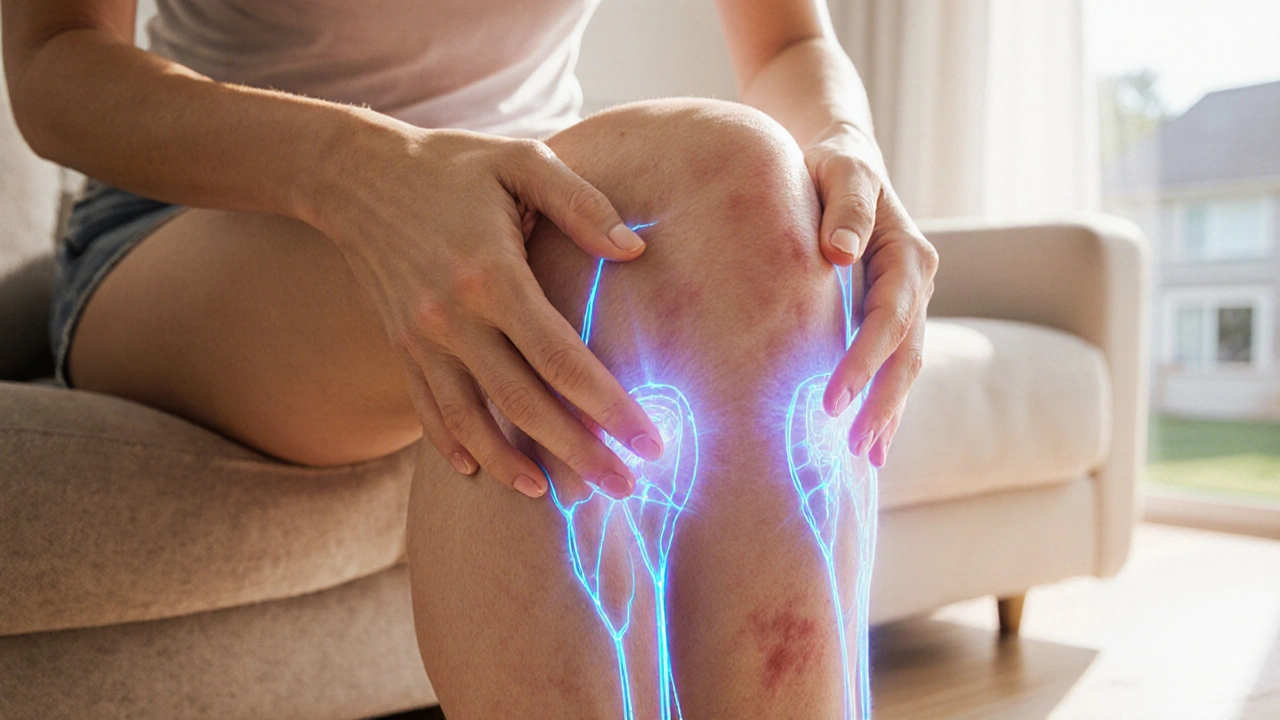Explore how joint pain signals arthritis, learn the differences between osteoarthritis and rheumatoid arthritis, and discover practical steps to manage symptoms and protect joint health.
Arthritis Treatment: Options, Tips, and Latest Insights
When talking about arthritis treatment, the set of strategies used to reduce joint pain, inflammation, and functional loss. It’s also called joint disease management. Two of the most common forms you’ll hear about are osteoarthritis, a wear‑and‑tear condition that mainly affects cartilage and rheumatoid arthritis, an autoimmune disorder that attacks the joint lining. Both conditions need a mix of medication, movement, and lifestyle tweaks. Below we’ll break down the core pieces that make up an effective plan, so you can see why a one‑size‑fits‑all approach rarely works.
Medication Choices and Their Role
The first line of attack usually involves drugs that calm inflammation. NSAIDs, non‑steroidal anti‑inflammatory medicines like ibuprofen or naproxen are the go‑to for many patients because they lower pain quickly without the hormone side effects of steroids. For people with more aggressive disease, disease‑modifying antirheumatic drugs (DMARDs) or biologics may be added to slow joint damage. Over‑the‑counter options such as acetaminophen (Tylenol) also have a place, especially when stomach irritation is a concern. The key is matching the drug’s strength and risk profile to the specific arthritis type and how severe the symptoms are. A rheumatologist can fine‑tune the regimen, but understanding the basics helps you ask the right questions at the doctor’s office.
Beyond pills, topical creams and injectables bring the medicine straight to the joint. Corticosteroid shots can give a rapid, short‑term reprieve, while hyaluronic acid injections aim to lubricate the joint surface. These options often complement oral meds, creating a layered defense that attacks pain from multiple angles. When you combine pharmacology with other strategies, you’ll notice a slower flare‑up cycle and better day‑to‑day function.
Physical movement is another cornerstone, and that’s where physical therapy, guided exercise programs that improve strength, flexibility, and joint mechanics shines. A therapist will teach low‑impact activities—think swimming, cycling, or tai chi—that protect cartilage while building muscle around the joint. They also show you how to use supportive devices like braces or orthotics without over‑relying on them. Consistency is vital; a few minutes each day often beats an occasional intense workout. The right routine can reduce reliance on medication, lower inflammation naturally, and keep you moving without pain.
Lifestyle tweaks round out the picture. Maintaining a healthy weight cuts stress on weight‑bearing joints, especially the knees and hips, which can dramatically slow osteoarthritis progression. Anti‑inflammatory diets rich in omega‑3 fatty acids, antioxidants, and fiber support joint health from the inside out. Smoking cessation and adequate sleep also play hidden but powerful roles in controlling systemic inflammation. When you pair these habits with meds and therapy, the overall burden of arthritis drops, and you gain more control over flare‑ups.
All of these pieces—medication, injections, physical therapy, and lifestyle—interlock to form a comprehensive arthritis treatment plan. Below you’ll find a curated list of articles that dive deeper into each area, from the science behind NSAIDs to practical home‑exercise routines and the latest drug updates. Whether you’re just diagnosed or looking to fine‑tune an existing regimen, the resources here give you actionable insights you can start using right away.

